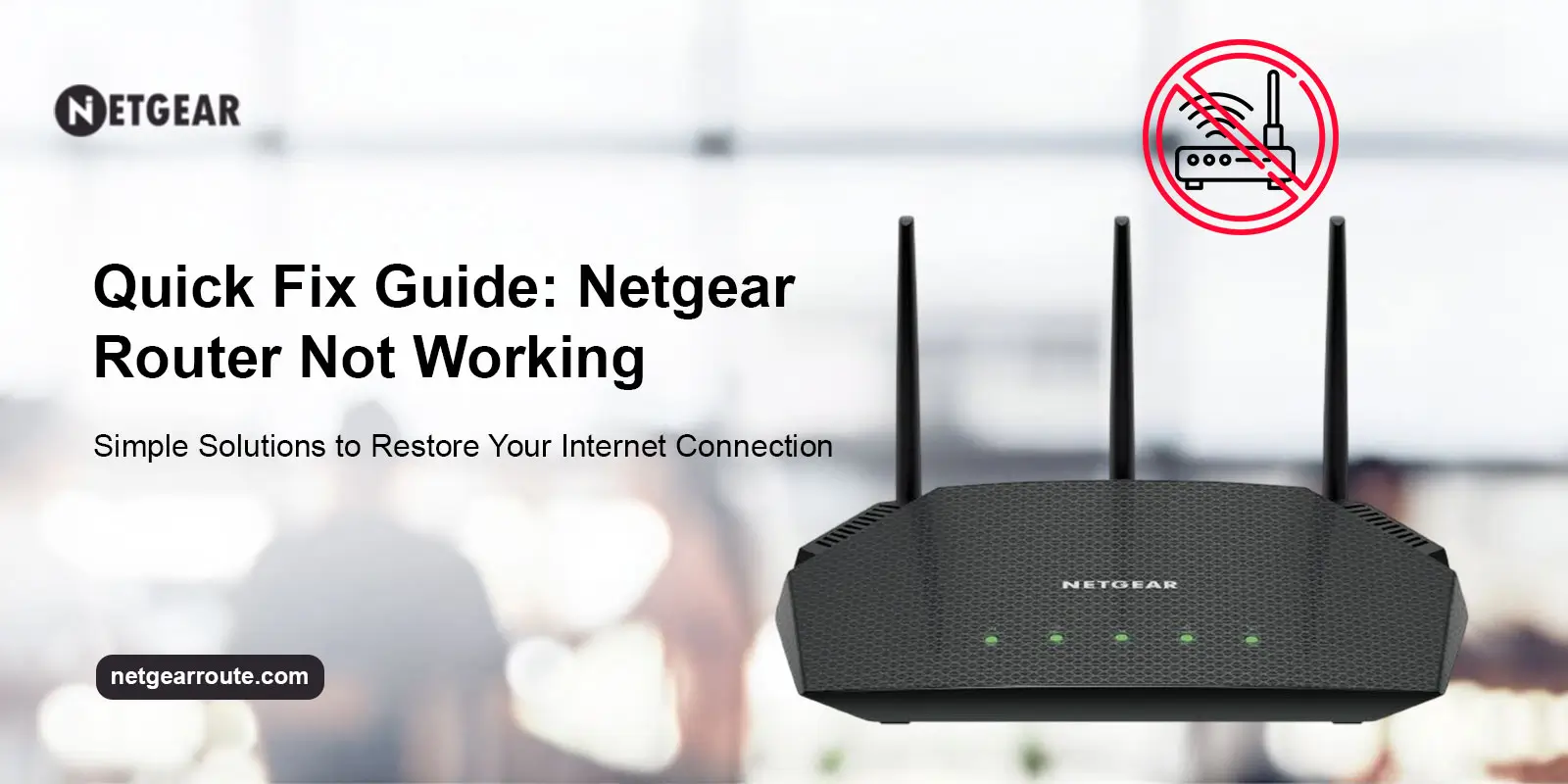Is your Netgear router not working all of a sudden? You’re not alone. It’s frustrating when your internet drops out frequently. Generally, Netgear offers simple troubleshooting strategies to fix most router issues with minimal effort. From router connectivity issues to Wi-Fi signal keeps dropping or other issues, this guide will help you identify and resolve the problem efficiently. So, let’s get started!
Why Is My Netgear Router Not Working?
Additionally, there are several possible reasons your Netgear nighthawk router not working properly. Some of the most common causes include:
- Issues with your internet service provider (ISP)
- Incorrect or loose cable connections
- Outdated or corrupted firmware
- Power supply interruptions
- Conflicting IP addresses
- VPN or proxy interference
- Hardware malfunction or overheating
Hence, identifying the root cause behind this issue is the first step to getting your router back to its normal functioning. Now, you must know the quick solutions to eliminate this issue within seconds. Subsequently, jump into the next section for troubleshooting options.
Step-by-Step Solutions for Netgear Nighthawk Router Not Working
Now, let’s walk through the most effective troubleshooting steps to fix the Netgear router not working issue:
1. Check All Cable Connections

First, ensure that your router is securely connected to the modem and has stable internet. However, you can also use the Ethernet cables for internet connectivity. Moreover, ensure that all Ethernet and power cables are properly inserted.
2. Restart Your Router and Modem
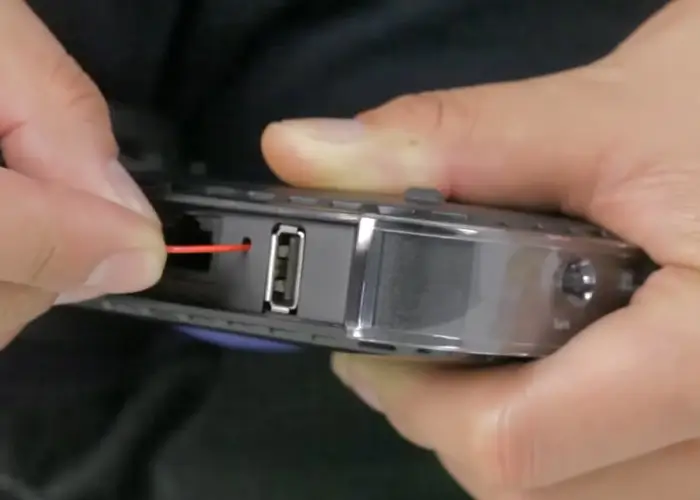
In addition, you can also get your router back online by unplugging, waiting for at least 30 seconds, then plugging it back in. Generally, this process is called restarting/rebooting, or power cycling, and resolves minor connectivity issues.
3. Update Your Router Firmware

Most importantly, an outdated firmware may cause performance issues. Therefore, you need to check the regular Firmware Update on your device and install the latest version.
4. Disable VPN or Proxy Settings
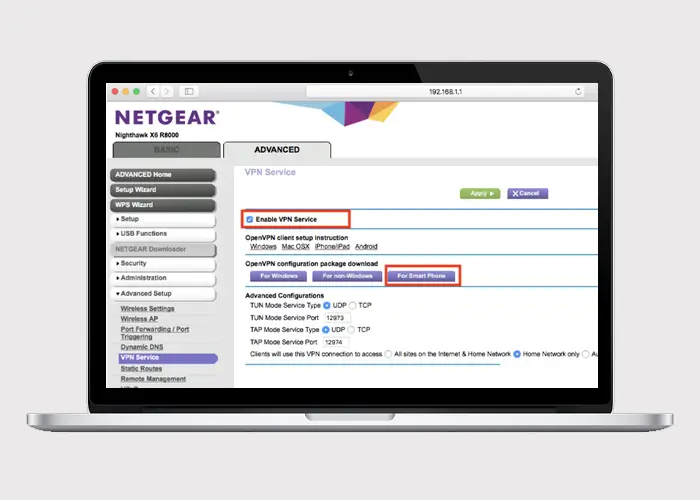
Sometimes, VPN or proxy configurations interfere with your router’s performance. Meanwhile, temporarily disable them on your device and check if the connection improves.
5. Change IP Address or Reset Network Settings
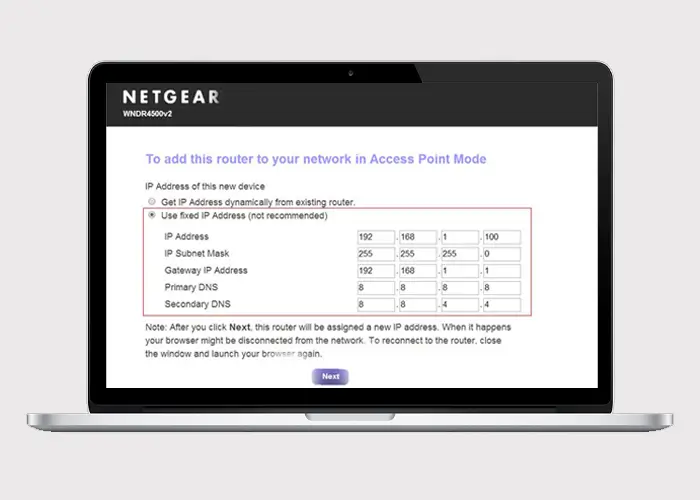
However, IP address conflicts can cause Netgear router not working issues. Therefore, fix this by accessing the admin panel and adjusting or resetting the IP settings under the network configuration.
6. Relocate the Router
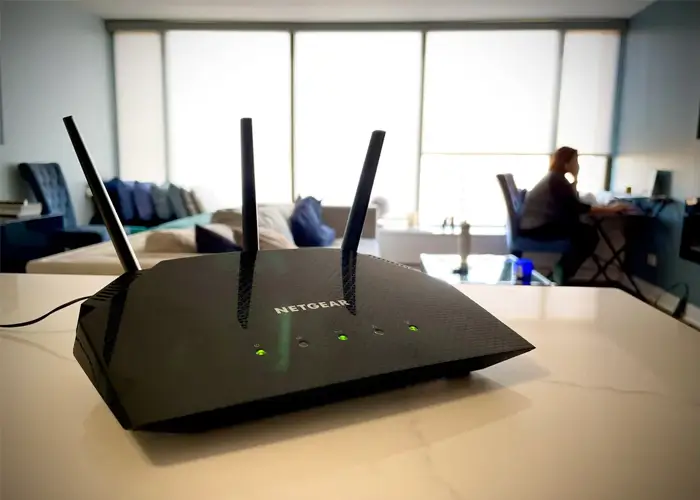
Moreover, placing your router in a central, ventilated area can improve signal strength. Avoid putting it near thick walls, microwaves, or cordless phones, which may interfere with Wi-Fi signals.
7. Check for Overheating or Hardware Damage
Certainly, ensure that your router is placed in a ventilated area and not overheating. If the router is physically damaged or very old, device replacement might be necessary.
8. Reset Your Netgear Router
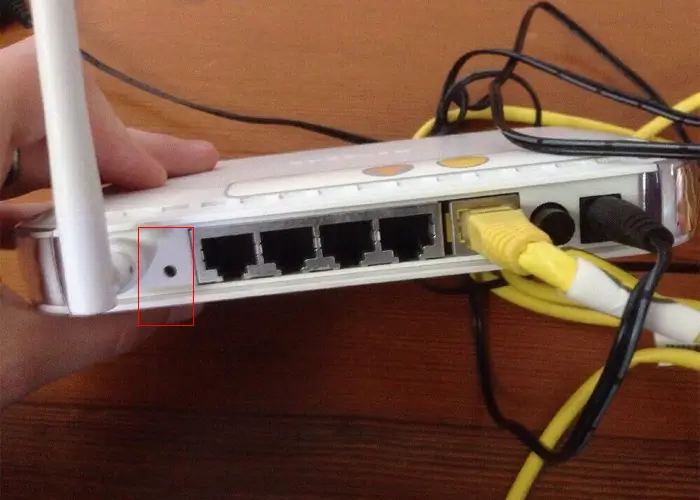
Above all, if all else fails, perform a factory reset to fix connectivity issues. For that, press & hold the reset button for 10 seconds, and wait for the reboot. This will restore the router to default settings, so you’ll need to set it up again from scratch.
9. Still Facing Issues? Contact Your ISP
If your Netgear nighthawk router not working after trying all troubleshooting steps, there may be an issue with your internet service. At last, contact your ISP to check for outages, ongoing maintenance, server downtime, or line problems in your area.
Conclusion
Overall, dealing with a Netgear router not working can be frustrating, but it’s often fixable with the right steps. This is to say that from checking cables and firmware updates to resetting the device, this guide covers the most common fixes. Subsequently, ensure to follow each solution carefully, and you’ll likely get your network running smoothly again. For persistent problems, reaching out to your ISPs is your next best move.
